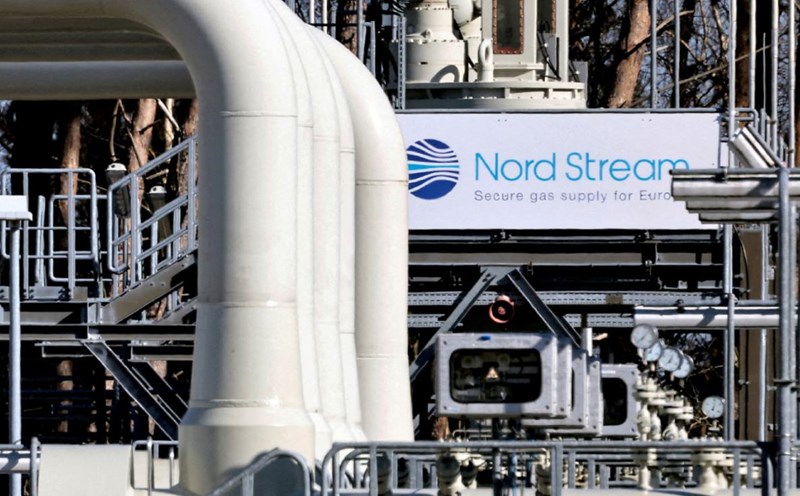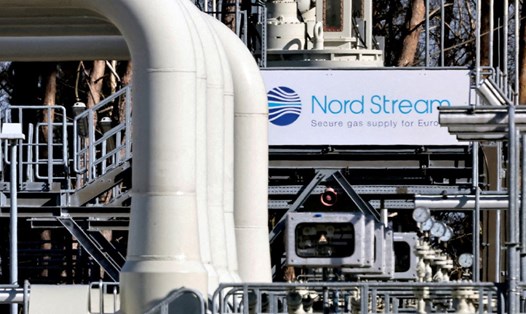According to TASS's estimate based on data from the European Gas Transmission System Operators Network (ENTSOG), Russian gas to Europe via the TurkStream gas pipeline will reach 5.76 billion cubic meters in the period from January to April 2025.
Compared to the same period last year, Russian gas output through this route peaked by more than 2%. The average capacity of TurkStream's European-oriented domestic vehicle reached 41.7 million m3/day in April, up slightly by 1.9% compared to April 2024 but down 8% compared to the previous month.
The main reason is believed to be the warming weather along with the record amount of liquefied natural gas (LNG) imports by the European Union (EU).
TurkStream is a gas pipeline from Russia through the Black Sea to Turkey, with an annual capacity of 31.5 billion m3, aiming to supply gas to Turkey and Southern and Southeastern regions of Europe. This is currently the only pipeline still operating to bring Russian gas to the EU after the transit route through Ukraine was stopped.
In 2024, the total volume of Russian gas transported to Europe via TurkStream increased by 23%, reaching 16.7 billion m3. Hungary alone received a record of 8.6 billion m3, accounting for more than 50% of the total volume.
Overall, Russia's pipeline gas exports to Europe in 2024 will increase by 14%, reaching 32.1 billion m3.
In addition, Russian gas exports to Turkey also increased by 2.6%, reaching more than 21 billion m3, mainly via the two routes Blue Stream and TurkStream.

Although the average gas price in Europe in April decreased by 12.5% compared to March, to about 409 USD/1,000 m3, this figure is still higher by 28% compared to the same period in 2024. In the first quarter of 2025, gas prices peaked at 509 USD/1,000 m3.
The EU is under great pressure to pump gas into underground storage facilities (UGS). By the end of April, the amount of gas pumped into the warehouse reached more than 5 billion m3, out of a total demand of 61 billion m3 to reach 90% of capacity in November - as required by the European Commission to ensure winter energy security.
Data from GIE shows that on April 28, the EU pumped 303 million cubic metres of gas into the UGS while the withdrawal was only 18 million cubic metres. Total current inventory is 42.5 billion m3, 37% lower than the same period last year and only reached 38.95% of the capacity - more than 10% lower than the 5-year average.
LNG imports into Europe are at a record level, 20% higher than in April 2024 and exceeding the peak in March (12.7 billion m3). However, the current LNG re- uponload capacity is only about 54%, showing that there is still limited infrastructure space in the short term.
In the context of Europe having to compete for LNG with Asia, where gas demand is also increasing sharply, experts from the Group of Gas Exporting Countries (GECF) believe that gas prices this summer in Europe could be higher than in winter.










